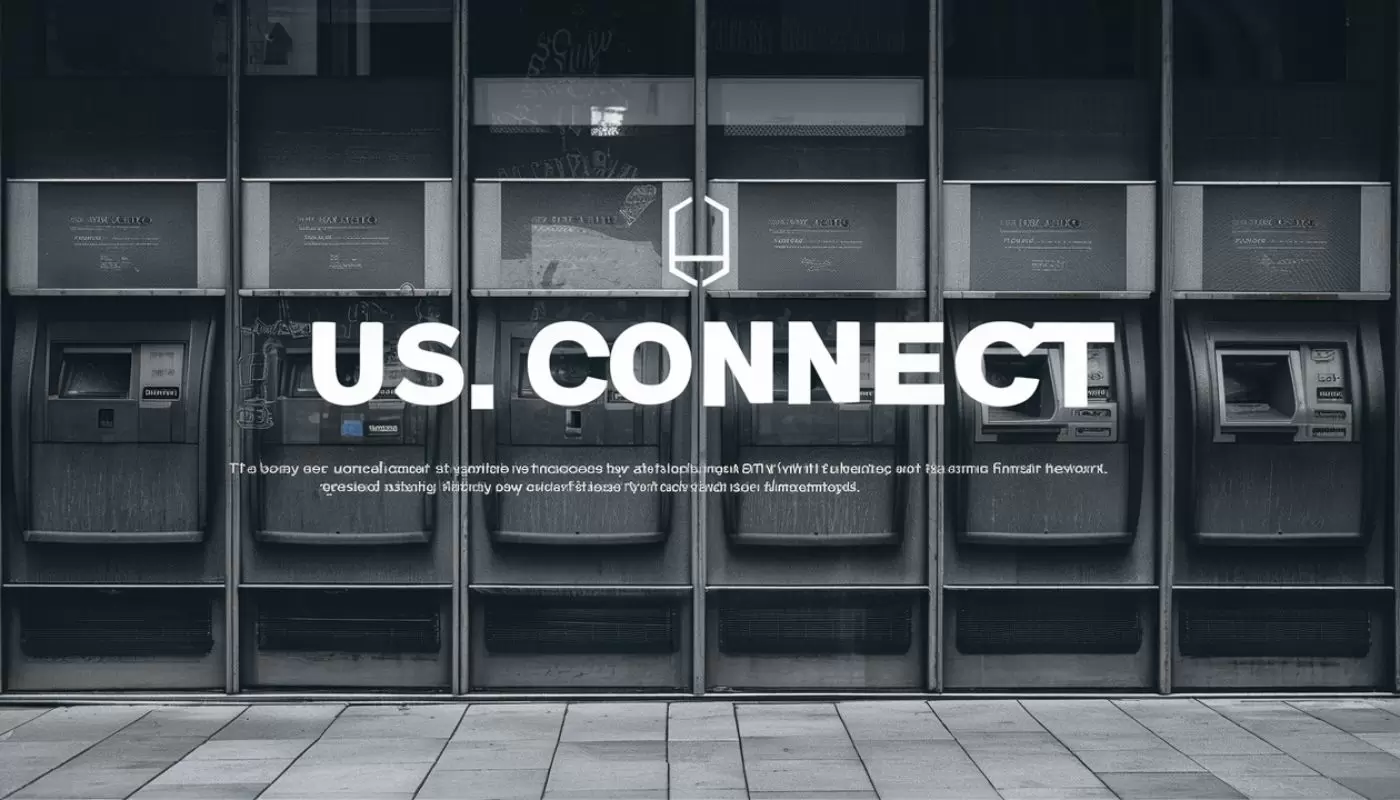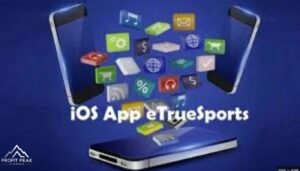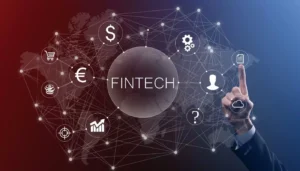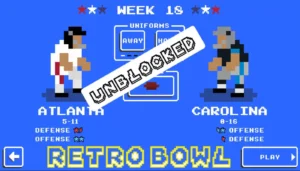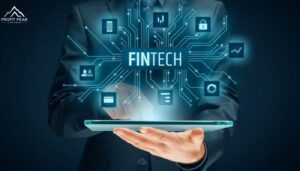Have you ever squinted at your bank statement, puzzled by a mysterious “US CONNECT” charge? You’re not alone. This peculiar entry has left many scratching their heads, wondering if it’s a mistake or, worse, a sign of fraud. But don’t worry! We’re about to embark on a journey to unravel this financial enigma and equip you with the knowledge to navigate these charges confidently.
Understanding US CONNECT Charges
US CONNECT charges are a common sight on bank statements across America, yet they often fly under the radar until someone spots them and raises an eyebrow. These charges are typically associated with vending machines, micro markets, and other self-service food and beverage kiosks. But there’s more to the story than meets the eye.
What Exactly is US CONNECT?
US CONNECT is a payment processing system used by many vending machine operators and micro market providers. It’s the behind-the-scenes player that allows you to swipe your credit card for that much-needed afternoon snack or quick lunch from a self-service kiosk.
When you see a US CONNECT charge on your bank statement, it’s usually reflecting a purchase you made at one of these automated retail points. The charge amount typically corresponds to the cost of your purchase, plus any associated fees.
How These Charges Appear on Statements
US CONNECT charges often appear with variations in the descriptor. You might see:
- US CONNECT
- USCONNECT
- US*CONNECT
- US CONNECT VENDING
The amount can vary widely, from a dollar or two for a small snack to larger amounts for multiple items or higher-priced goods in micro markets.
The Purpose of US CONNECT Charges
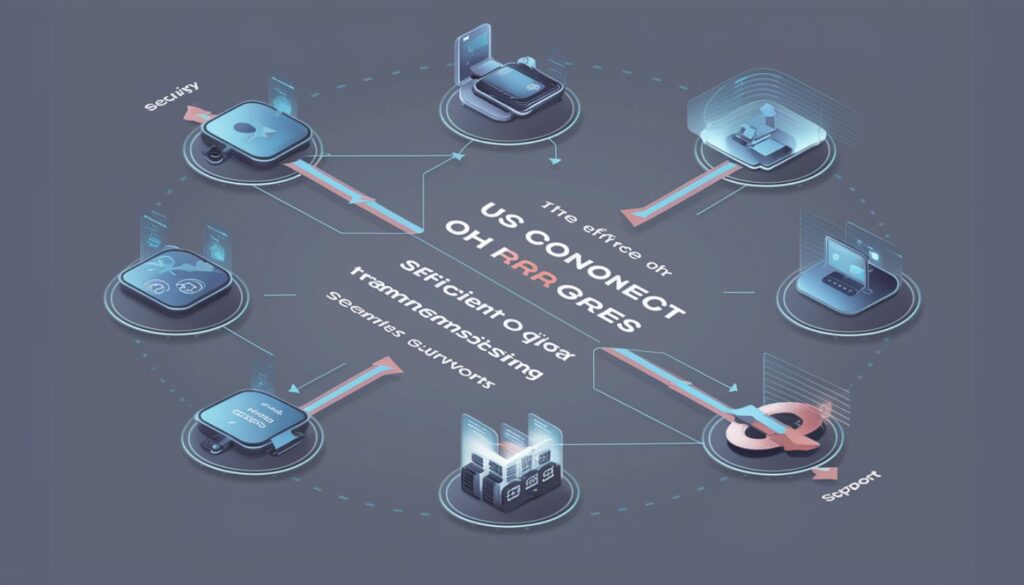
At its core, US CONNECT serves as a bridge between your hunger pangs and the snack that satisfies them. But let’s break down its purpose more specifically:
- Facilitating Cashless Transactions: In an increasingly cashless world, US CONNECT allows vending machines and micro markets to accept credit and debit cards.
- Streamlining Operations: For vending machine operators, it provides a centralized system for managing transactions across multiple machines and locations.
- Enhancing User Experience: It enables features like loyalty programs and mobile payments, making your snack runs smoother and potentially more rewarding.
How US CONNECT Works
Picture this: You’re at the office, craving a chocolate bar. You spot a vending machine, swipe your card, and voila! Chocolate heaven. Here’s what’s happening behind the scenes:
- You swipe your card at the vending machine or micro market kiosk.
- The US CONNECT system processes the transaction.
- The amount is authorized and later posted to your bank account.
- The charge appears on your statement as “US CONNECT” or a variation thereof.
This seamless process has revolutionized the vending and micro market industry, making cashless snacking a reality across the country.
Recognizing Legitimate US CONNECT Charges
Now, let’s tackle the million-dollar question: How do you know if a US CONNECT charge is legit? Here are some key identifiers:
- Amount: Does it match a recent purchase you made at a vending machine or micro market?
- Location: Did you recently use a vending machine or micro market in that area?
- Frequency: These charges typically appear as individual transactions, not recurring fees.
If a charge meets these criteria, it’s likely legitimate. However, if something seems off, it’s always best to investigate further.
Related This : What is MMBILL.com Charge on Your Bank Statement?
Potential Issues with US CONNECT Charges
While US CONNECT generally operates smoothly, issues can arise. Here are some common concerns:
- Unexpected Charges: Sometimes, you might not recognize a charge immediately.
- Delayed Posting: Occasionally, charges might appear on your statement days after the actual purchase.
- Double Charges: In rare cases, a transaction might be processed twice.
What to Do If You Don’t Recognize a US CONNECT Charge
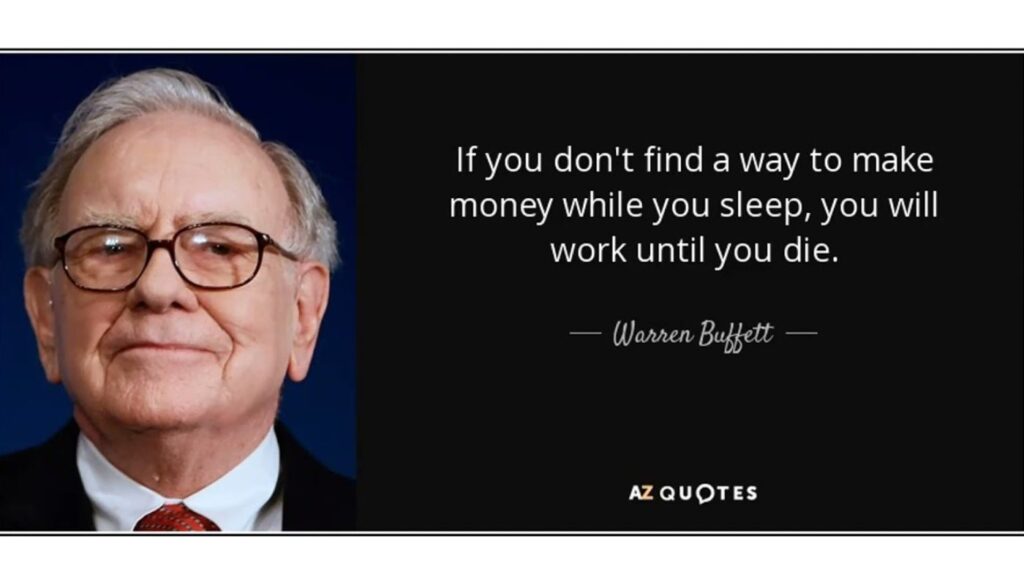
If you spot a US CONNECT charge you don’t recognize, don’t panic. Follow these steps:
- Review Your Recent Activities: Try to recall if you’ve used any vending machines or micro markets recently.
- Check the Amount: Does it align with typical vending machine or micro market purchases?
- Contact Your Bank: If you’re still unsure, reach out to your bank for more details about the transaction.
- Dispute the Charge: If you believe the charge is unauthorized, file a dispute with your bank.
Protecting Your Account from Fraudulent Charges
While US CONNECT charges are usually legitimate, it’s always wise to stay vigilant. Here are some best practices:
- Monitor Your Statements Regularly: Make it a habit to review your transactions weekly.
- Set Up Alerts: Many banks offer notifications for purchases over a certain amount.
- Use Mobile Payment Apps: These often offer an extra layer of security for vending machine transactions.
Alternatives to US CONNECT for Vending Purchases
If you’re not comfortable with US CONNECT charges appearing on your statement, consider these alternatives:
- Cash: The old-school method, but not always convenient.
- Prepaid Cards: Load a set amount for your snacking needs.
- Mobile Payment Apps: Many vending machines now accept payments through apps like Apple Pay or Google Pay.
Case Study: The US CONNECT Experience
Let’s look at a real-world scenario to better understand US CONNECT charges:
Sarah, an office worker in Chicago, frequently uses the micro market in her building for lunch. Over a month, her bank statement showed:
- US CONNECT $7.50 – January 3
- US*CONNECT $5.25 – January 10
- USCONNECT $9.75 – January 17
- US CONNECT VENDING $6.50 – January 24
Sarah recognized these charges as her lunch purchases, demonstrating how US CONNECT charges typically appear for regular users of vending machines and micro markets.
Related As: What is PNP BILLPAYMENT Charge on Your Bank Statement?
Frequently Asked Questions about US CONNECT Charges
To wrap up, let’s address some common questions:
- Can I opt out of US CONNECT charges?
Not directly. If you want to avoid these charges, you’ll need to use cash or alternative payment methods at vending machines and micro markets.
- Are there fees associated with US CONNECT?
Generally, there are no additional fees for the consumer. Any fees are typically absorbed by the vending machine operator.
- How long do US CONNECT charges typically appear on statements?
These charges usually post within a few business days of the transaction.
Conclusion
Understanding US CONNECT charges on your bank statement doesn’t have to be a mystery. These transactions are a common part of our increasingly cashless world, particularly in the realm of vending machines and micro markets. By staying informed and vigilant, you can navigate these charges with confidence, ensuring that your snacking habits remain a source of satisfaction, not stress.
Remember, knowledge is power when it comes to managing your finances. Stay alert, ask questions, and don’t hesitate to investigate any charges you don’t recognize. Happy snacking!

